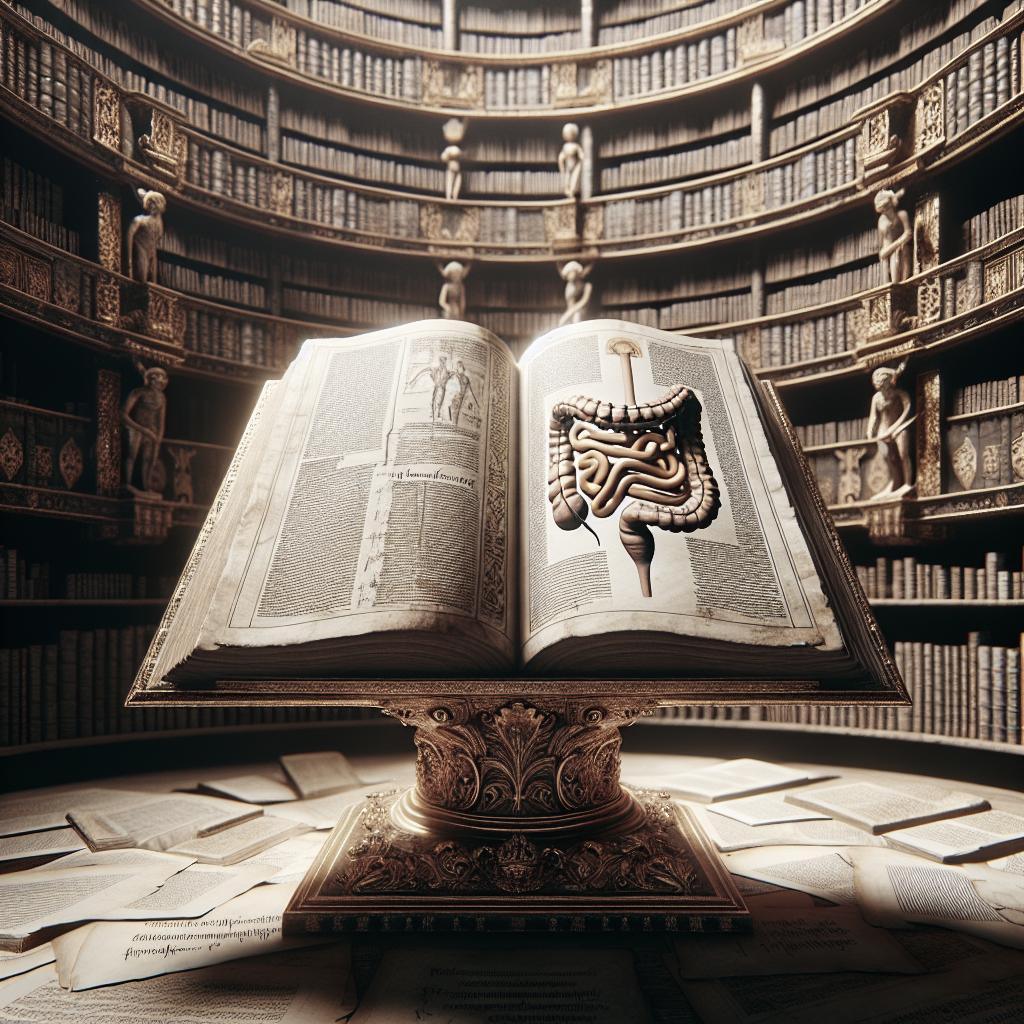### Introduction In the rich tapestry of literary devices, rhyme holds a special place, giving poetry its melody and songwriters their rhythm. But perfect rhyme, where words echo each other exactly, is just one piece of the puzzle. Enter half rhyme, a sophisticated tool that adds intrigue and subtlety to written word, allowing poets and writers to evoke emotions without the predictability of exact rhyme. This blog post explores the essence of half rhyme, comparing it with closely related concepts like pararhyme and assonance, and emphasizes its function in literature. By diving into examples and discussions, we’ll uncover how half rhyme lends itself to creating textured and layered narratives. Whether you’re an aspiring poet looking to deepen your craft or simply a literary enthusiast, this exploration into half rhyme will enrich your appreciation for the musicality of language. ### What is Half Rhyme? Half rhyme, often termed as slant rhyme, approximate rhyme, or imperfect rhyme, is a poetic device where the consonants of two words match but the vowel sounds do not. Unlike perfect rhyme, where both the final consonants and the vowel within a word are identical, half rhyme provides a subtler connection, creating a sense of cohesion while maintaining a nuanced dissonance in sound. This approach allows writers and poets to introduce variety and complexity into their rhyming structures, broadening the emotional and thematic reach of their compositions. A classic example can be found in Emily Dickinson’s poetry, where phrases like “love” and “prove” exhibit the hallmark of half rhyme. The matching consonant ‘v’ sound and differing vowels convey an understated harmony, perfect for her meditative and often introspective verse. By using half rhyme, authors have the opportunity to weave emotional undertones into their works, expressing both unity and discord, which enlivens writing with a tactile, immersive quality. The creative use of half rhyme also gives poets flexibility, enhancing the auditory experience without resorting to predictable patterns. This adds an engaging layer to poems, demanding the reader’s active participation in discerning the rhyme, which in turn leads to deeper appreciation and introspection regarding the themes explored. ### Half Rhyme vs. Pararhyme/Assonance Half rhyme is sometimes confused with pararhyme and assonance, as all three involve nuanced sound patterns that diverge from true rhymes. Pararhyme, a term coined by the poet Edmund Blunden, involves the correspondence of consonant clusters both at the start and end of words, while their vowel sounds differ. Examples can be found in works by Wilfred Owen, where complex rhyme structures intensify emotional depth. Pararhyme often carries a discordant, unsettling effect due to the heightened focus on consonant sounds, compared to the subtler vibe of half rhyme. Assonance, on the other hand, emphasizes repeated vowel sounds within words, typically without regard to the consonants. Unlike half rhyme, where the consonant correspondence is pivotal, assonance focuses on vowels, creating an echo effect. This device is frequently used in both poetry and prose to establish a lyrical rhythm and mood, such as the repetition of the ‘i’ sound in the phrase “rise high in the bright sky.” While these techniques share similarities and can be intertwined creatively, understanding their distinctions helps writers choose the right device for their intended effect. Whereas pararhyme offers a more pronounced tension between consonants, and assonance provides a vowel-based harmony, half rhyme uniquely balances these elements, crafting a more understated and compelling auditory texture. ### The Function of Half Rhyme Half rhyme serves multiple functions in literature, expanding beyond mere sound similarity. It can reinforce themes of ambiguity or tension within a text, demonstrating the fluid nature of relationships, emotions, or situations. The subtle dissonance that comes from almost-rhyming words can echo internal conflicts or vague connections, making half rhyme an ideal choice for works exploring complex psychological landscapes or narratives. Moreover, half rhyme enables poets to maintain a degree of rhythmic consistency without becoming predictable, thus maintaining reader interest. This unpredictability keeps the audience engaged, as they navigate the twists and turns created by these slanting sounds. This is particularly valuable in longer compositions, where strict adherence to perfect rhymes might veer into monotony. The flexibility of half rhyme allows authors to emphasize words and concepts, drawing attention to particular ideas or feelings within the text. Additionally, half rhyme permits greater linguistic playfulness, allowing for diverse word combinations that might not fit into the constraints of perfect rhyme. This creativity can lead to more unique and expressive language, enticing readers with fresh perspectives and unexpected connections. Through half rhyme, writers achieve a balance of structure and freedom, a guiding hand in weaving the tapestry of their narrative or poetic work. ### Recap: What is Half Rhyme in Literature? In literature, half rhyme plays a crucial role in enriching the textual experience by adding layers of sound and meaning. Its capacity to blend consonant harmony with vowel dissonance makes it a versatile tool for both poets and prose writers. In a world where the exactness of perfect rhyme might limit creative potential, half rhyme stands as a testament to literary innovation, offering a sophisticated alternative that emphasizes sound without sacrificing semantic depth. From crafting emotional undertones to allowing rhythmic variation, half rhyme empowers storytelling with a unique auditory palette. Writers can harness this device to evoke a range of emotions, introduce subtlety into their rhyme scheme, and engage readers through unexpected musicality. It bridges the gap between rhyme and free verse, suggesting connections that intrigue rather than dictate. Ultimately, half rhyme exemplifies the power of nuanced sound in literature. As seen in the works of poets like Emily Dickinson and novelists who employ it in dialogue or descriptive passages, half rhyme continues to captivate audiences with its delicate balance of harmony and variation. For those exploring or appreciating the craft of writing, mastering half rhyme offers a gateway to deeper, more resonant expressions of language. ### Summary of Main Points
| Topic | Key Points |
|---|---|
| What is Half Rhyme? | Half rhyme involves matching consonant sounds while differing in vowel sounds, providing a nuanced and subtle connection within poetry and prose. |
| Half Rhyme vs. Pararhyme/Assonance | Unlike pararhyme, which matches consonants at both ends of words, and assonance, which focuses on vowel sound repetition, half rhyme balances consonant harmony with vowel variation. |
| The Function of Half Rhyme | Half rhyme reinforces themes, maintains reader interest, and enhances language playfulness by allowing greater flexibility in word choice, avoiding predictability. |
| Recap: What is Half Rhyme in Literature? | Half rhyme adds depth to writing by providing a sophisticated sound palette that bridges structured rhyme and free verse, enriching storytelling through auditory subtlety. |


